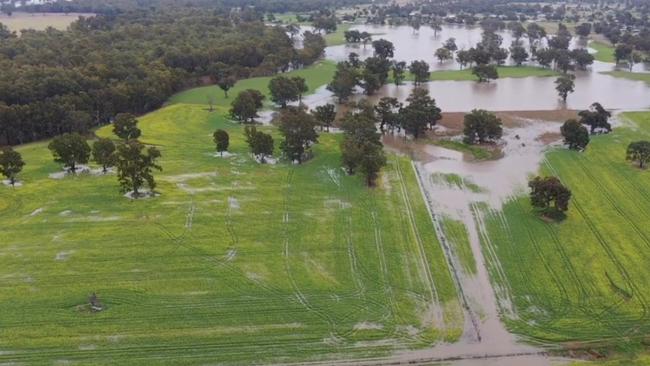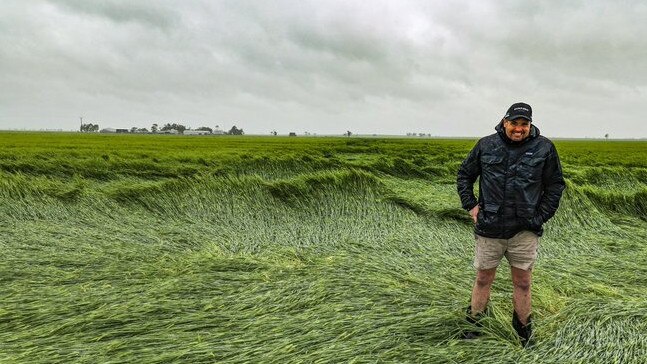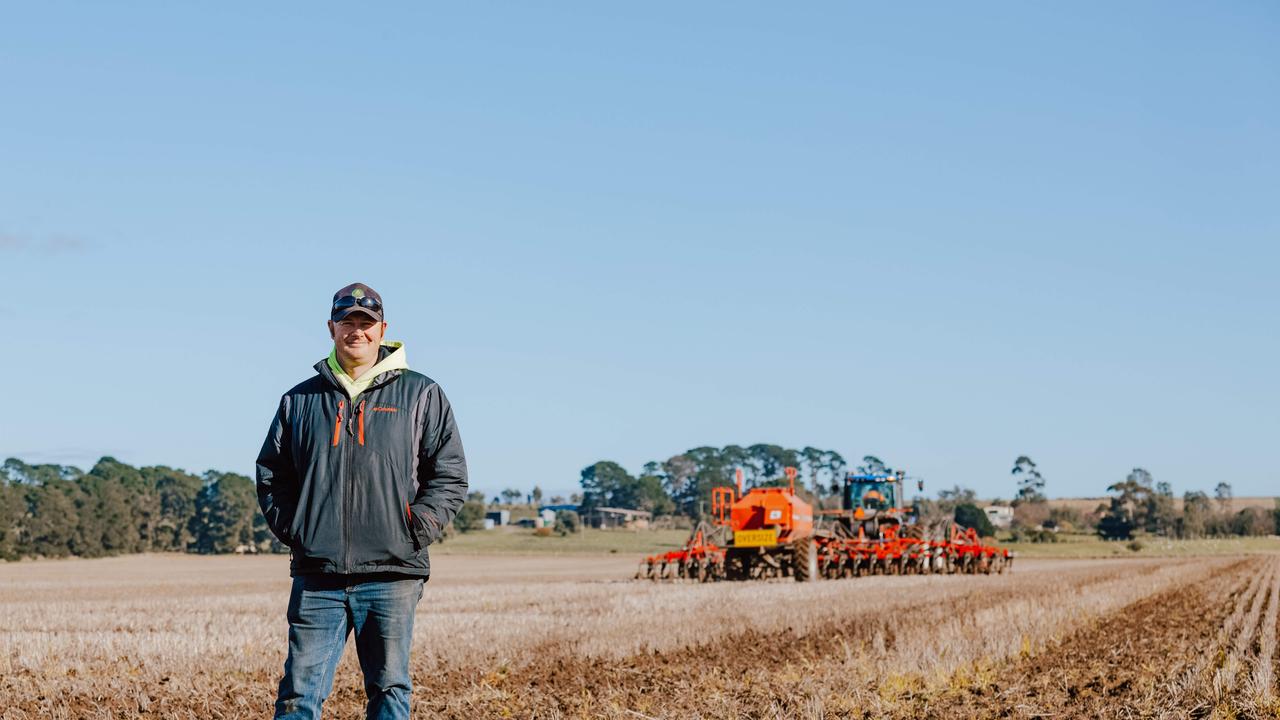How NSW and Vic crops are coping in October’s heavy rain
From NSW to Victoria, see how crops are holding up after last week’s massive drenching.

Grain growers in major NSW cropping regions are exhausted and unsure what the future holds after their latest drenching last week, while some Victorian growers have started to see crops affected by waterlogging.
Rain gauges across NSW and Victoria notched up widespread totals of 50-100mm over four days last week. With another weather system forecast to dump more rain across the east coast from Thursday, industry analysts say the deciding factor for crop productivity may be whether growers are able to access their paddocks at all come harvest.
Dubbo mixed farmer Tracy Blackburn said the 100mm of rain she recorded last week had been the latest instalment in 18 months of above-average rainfall for the region and she had been unable to get to her wheat and canola crops to assess them.
“You can turn yourself inside out making plans, but until you can get a bit of access you can’t do anything,” Ms Blackburn said.
“All the dirt roads in the shires around here are shut, and they have been for months.”
Only a third to two thirds of available cropping land was planted in the region this year due to wet weather, and additional losses on top of that would come as a blow for growers, she said.

Grain Growers Limited chairman Brett Hosking said Dubbo wasn’t the only region that would struggle with paddock access.
“I’m hearing a lot of concern (across NSW) about paddock traffickability come harvest time,” Mr Hosking said.
Damaged local roads would also pose major issues for supply chains, he said.
“This wet weather almost spells the end for many roads. Their foundations are wet and they are literally falling to bits, without even heavy traffic on them,” Mr Hosking said.
In Victoria, one of the crops hardest hit by last week’s weather has been lentils.
Agri Business Consulting Group senior consultant agronomist Martin Colbert said lentil crops — which don’t cope well with waterlogging — were now sitting in water across a large swath of Victoria.
“Lentils have been impacted from Bordertown to Hopetoun to St Arnaud and down to Great Western and all the way back through the west Wimmera,” Mr Colbert said.
About 30 per cent of lentil crops had been affected so far, but that proportion “could very quickly become 80 per cent”, he said.
“The damage within the lentils won’t just get a little bit bigger with each rain. It is now exponentially exploding,” Mr Colbert said.

The good news for Victorian growers was that cereal crops were thriving in the wet weather.
“We’re losing the game on the lentils, but that’s not a big part of our operation. The cereals and the canola is a big part of our operation, and that hasn’t been impacted at all,” he said.
Kaniva-based agronomist Josh Merrett said compass barley, hammer wheat, and some canola had been knocked down in last week’s wind and rain but could likely still be harvested.
“It’s going to be a pain to harvest but it shouldn’t affect it too much,” he said.





